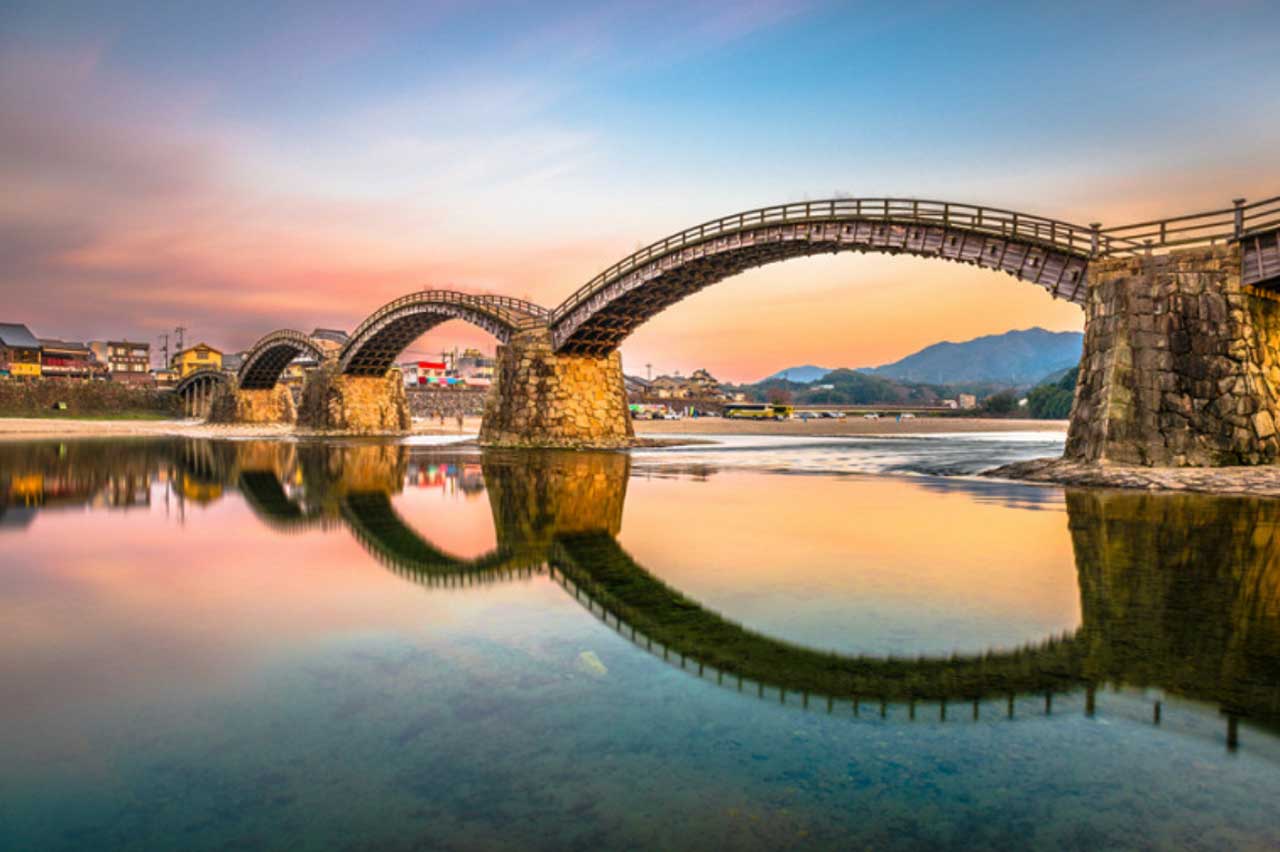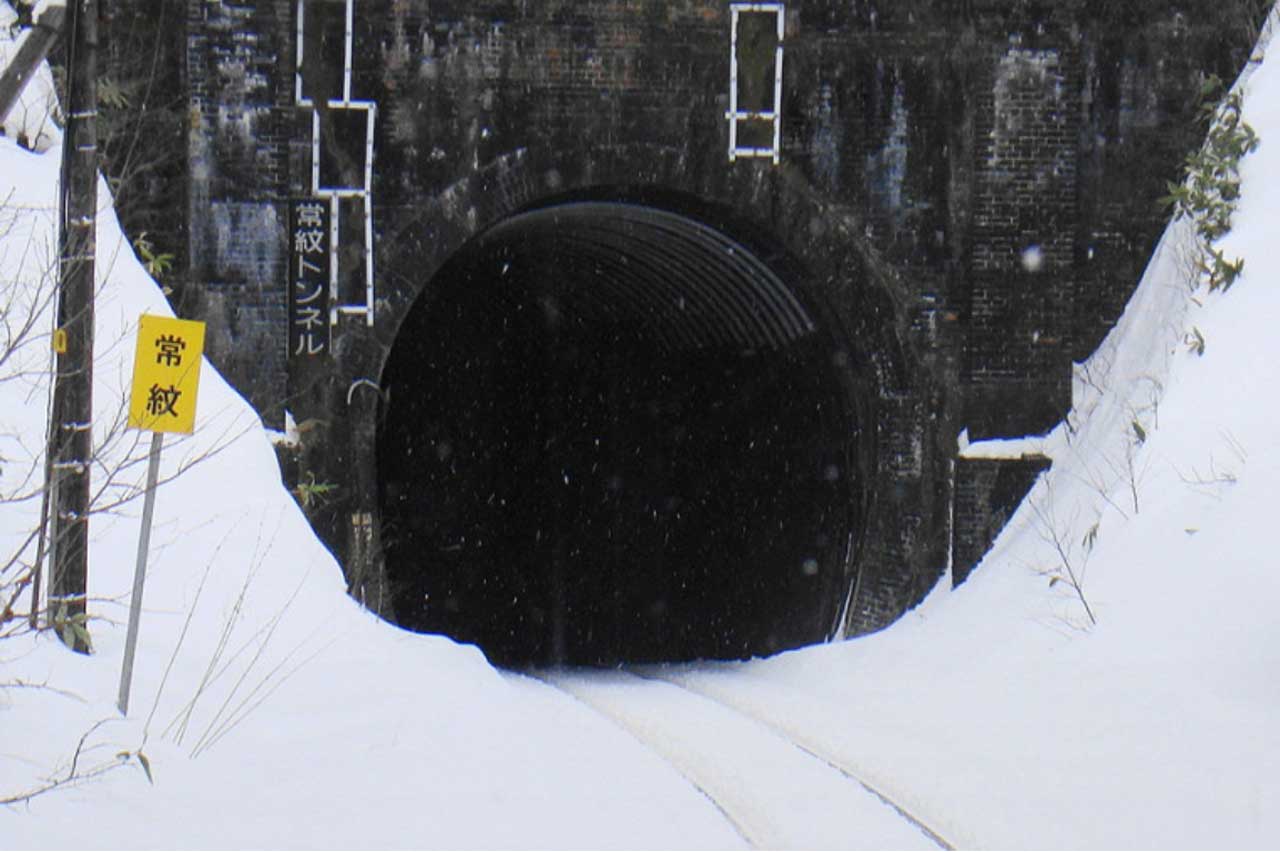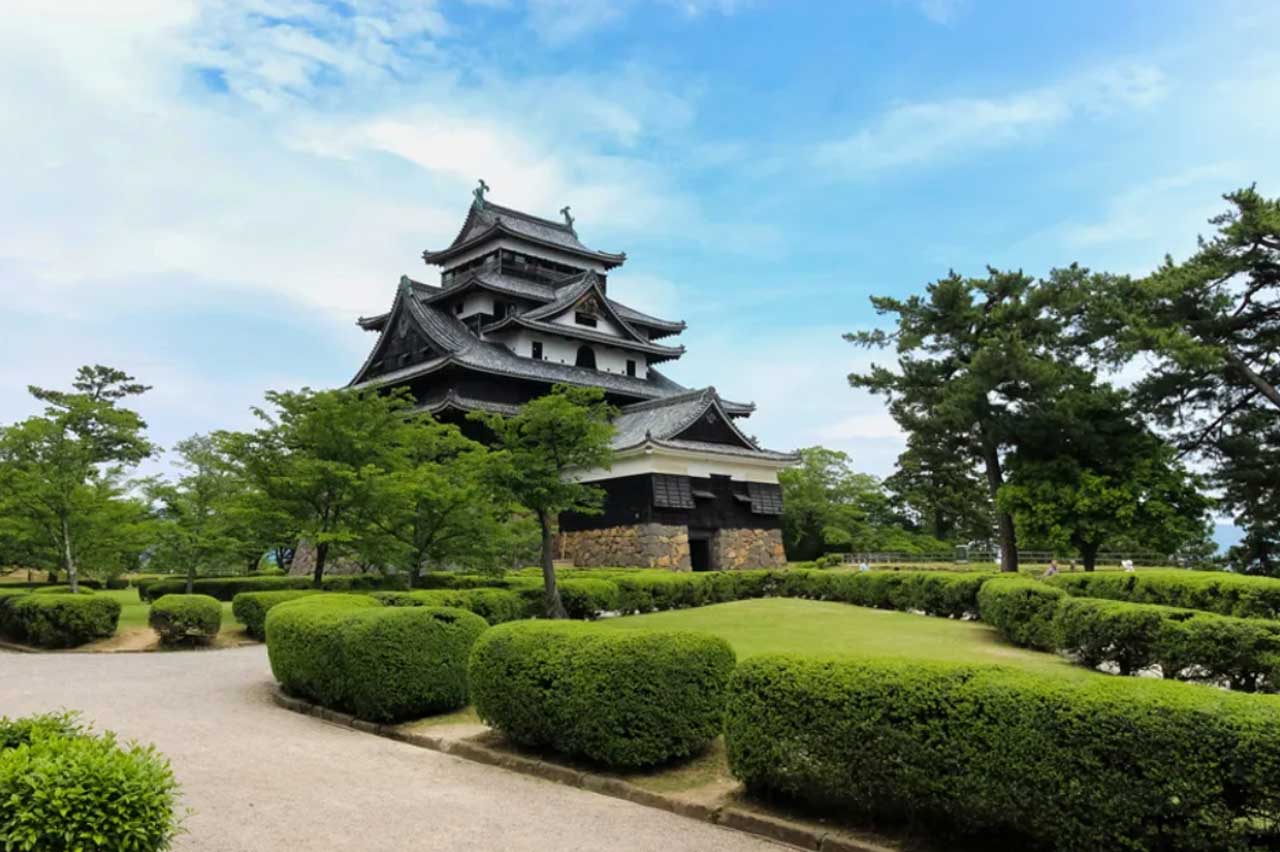Now it seems wild, but once human sacrifice during construction was in the order of things. “DIP” tells what hitobashira is and where buildings and structures built on “living pillars” are still preserved.
A terrible ritual with the beautiful name hitobashira was performed to protect the future building from evil spirits and any troubles during construction and after it. Sometimes samurai volunteers were called, but before that, they performed the hara-kiri rite.
Matsue Castle
The most famous building, during the construction of which a hitobashira was held. According to legend, this castle could not be completed for a long time, the walls were destroyed several times. And then it was decided to make a sacrifice. At the festival, they noticed a girl who danced best of all, she was kidnapped and immured in support of the building. After that, the construction was completed, and the castle is still standing and is even popular with tourists. But no celebrations and holidays are ever held here because at this moment the walls begin to shake menacingly. It is said that the immured girl thus takes revenge on those who stole her life from her.
Kintaike Bridge

This bridge, too, could not be built for a long time, every year it was destroyed by a spring flood until a man was sacrificed in 1673. The bridge survived and is now considered one of the symbols of Japan, many tourists come here.
Jōmon Tunnel

The tunnel was built relatively recently – in 1914. But many years later, in 1968, vertically immured skeletons of people were found during repairs. Experts suggested that these workers died at the construction site from illness and hard work. But there is an assumption that they were walled up while still alive.

